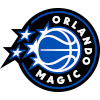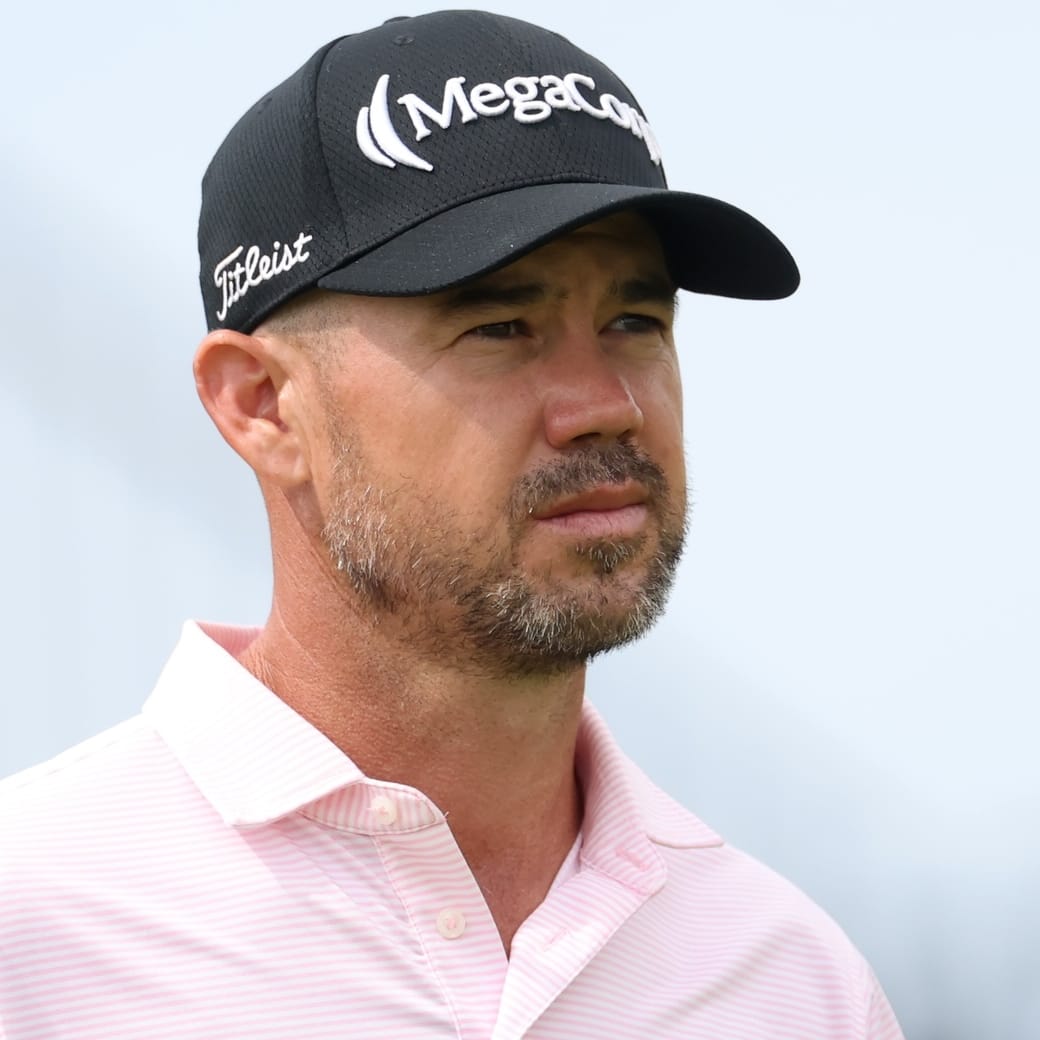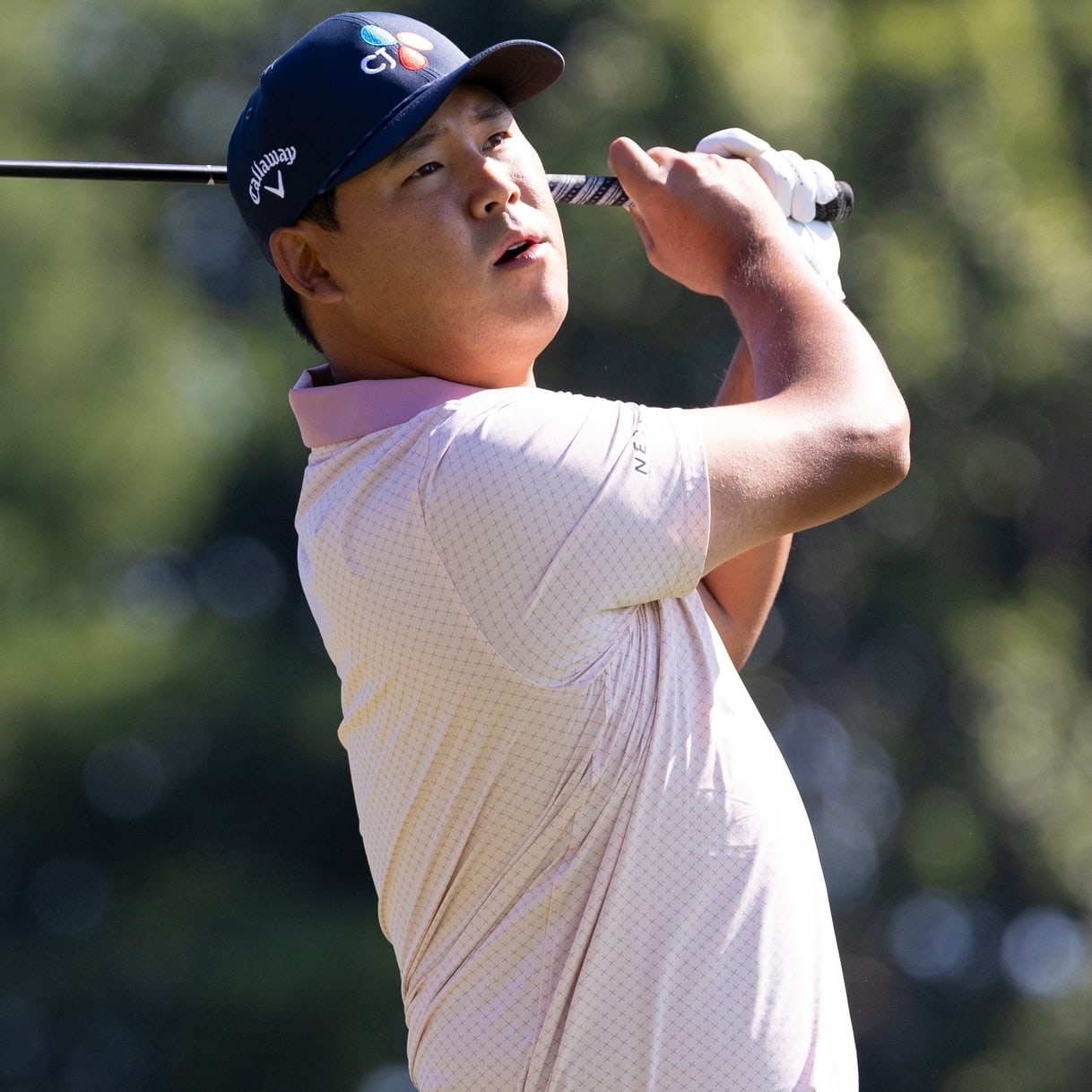"There are many things a man can do with his time, and this is better than those things."
– Pete (Mark Duplass) in The League, the TV show about a group of buddies in an annual fantasy football league
Daily fantasy golf offers us something really enticing that a season-long league cannot: No matter how bad your team is, there's always a fresh start next week. Heck, DraftKings even offers a fresh start after a lousy Thursday and Friday. But what DraftKings, FanDuel and FantasyDraft simply cannot offer is the year-long camaraderie of playing in a league with your buddies. You know, #OldSchool.
The RotoWire golf league has been going on for almost two decades, and well-known names in the fantasy industry take part. And they've all been around since the beginning of the league. There's a sentiment among them that this golf league – not their football, baseball or basketball – is the most fun they have in fantasy. Sure, we're all golf fans. But the feeling is, it's a favorite because of the guys who are in it.
Some of us do better than others. We have no Jordan Spieth-like owners, but we sure do have some Charlie Beljans. Really, the biggest difference is not knowledge, it's commitment. We all have lives and responsibilities. Simply following golf on a weekly if not daily basis is the best plan to succeed. Rule No. 1: Do your homework. Rule No. 2: Your homework is never done.
Whether you are
"There are many things a man can do with his time, and this is better than those things."
– Pete (Mark Duplass) in The League, the TV show about a group of buddies in an annual fantasy football league
Daily fantasy golf offers us something really enticing that a season-long league cannot: No matter how bad your team is, there's always a fresh start next week. Heck, DraftKings even offers a fresh start after a lousy Thursday and Friday. But what DraftKings, FanDuel and FantasyDraft simply cannot offer is the year-long camaraderie of playing in a league with your buddies. You know, #OldSchool.
The RotoWire golf league has been going on for almost two decades, and well-known names in the fantasy industry take part. And they've all been around since the beginning of the league. There's a sentiment among them that this golf league – not their football, baseball or basketball – is the most fun they have in fantasy. Sure, we're all golf fans. But the feeling is, it's a favorite because of the guys who are in it.
Some of us do better than others. We have no Jordan Spieth-like owners, but we sure do have some Charlie Beljans. Really, the biggest difference is not knowledge, it's commitment. We all have lives and responsibilities. Simply following golf on a weekly if not daily basis is the best plan to succeed. Rule No. 1: Do your homework. Rule No. 2: Your homework is never done.
Whether you are in a straight draft or an auction, a lot of the strategy overlaps. But not all. And, candidly, this isn't rocket science. A lot of it is basic stuff.
Here goes:
You Need a War Room
Pro teams have a draft board – so should you. Make a list of golfers you would like to have, knowing you will not get all or even most of them. Put them in order of importance to you. Look at the top-tier golfers – there aren't enough to go round. The RotoWire league has 14 teams; there aren't anywhere close to 14 top-tier guys. It's not impossible to win without DJ/Spieth/Thomas/McIlroy/Matsuyama/Rahm/Fowler/etc., but it sure helps to have a big guy anchor your roster, someone who has a chance to win every time out.
Continuing down your draft board, look at different levels. Just like a pro team will try to figure who will be around in the third round, fourth round, etc., you do the same. You won't get all first- and second-rounders, but you better not be stuck with a bunch of seventh-rounders, either. Make a list of 10-12 guys at every level. How many levels? Depends how deep your draft goes.
Personally, my plan is to get one of the big names, then try for one big second-tier guy – maybe a Brooks Koepka, Justin Rose or Daniel Berger – plus a Euro who will be around for the majors, WGCs and a few other events. After that, I look for guys who play a lot, make a lot of cuts. Also, I'll take a flyer on a rookie.
Differing Strategies
In the RotoWire league, some owners can't wait to start bidding and owning golfers, making a dent early in the draft. Others like to sit back and see what develops. There's no right or wrong. Just be aware how the draft is unfolding. It can switch gears pretty quickly. Which brings to our next point …
Changes Mid-Draft
If it's a regular draft that snakes up and down, golfers largely go in order of how good they are. In an auction, good or even great players can go long after the start of the draft. A player's value will change at various points in the draft, depending on who's been taken, how much money everyone has left and who you've already drafted. So you need to adjust your thinking accordingly. A golfer's value on the course won't change, but his value during the draft will. Pay attention to that, it's very important. One thing I have learned is, if you sit back too long, that last big-name guy up for grabs can end up costing the most, just because he's the last one. Not everyone can get a big-name guy. And when everyone realizes there's only one left, the price gets jacked up.
Know Your History, or You're History
You have to look at history, how a guy has done not only last year, but two or three years back. There is no exact correlation except for the best of the best golfers, and even then some of them can fade a bit (Patrick Reed, for example, was really off his game most of last season). But don't look back too far – two or three years tops.
Tell It to Me Straight
Yes, the first thing to consider is a guy's results. But if you focus on guys with strong tee-to-green play – ball striking, strokes gained tee to green, greens in regulation – they tend to do well over the long haul. There aren't a lot of putters who can affect tournaments. You know much easier it is when you find the fairway in your weekend game? Same thing for the pros (only 100 yards farther down the fairway).
Second-Tier Golfers
As you move past the top guys or even the very good guys, look at the number of top-10 cashes, even top-5s, and whether they are qualified for the majors and WGCs. The RotoWire league puts a premium on majors, with a bonus paid out for winning one.
Puncher's Chance
At the bottom, look for cuts made and golfers who play a lot. See where a guy sits on the eligibility list. The higher up he is, less chance of getting squeezed out of the smaller invitational fields. Golfers who play the most are generally the worst golfers (other than the guys who can't play a lot because they can't get into tournaments). They have value. In the RotoWire league, we can start five every week. You don't want to be caught too short too many times. San Antonio or Hartford, for example, may not have the best fields, but if your lesser golfers are in those fields, that presents a puncher's chance to claim a high finish. Every season on the PGA Tour, a bunch of punches connect.
"Sophomore" Jinx
A guy who enjoys his breakthrough season often takes a step back the next year, or he might even take a step back immediately after a win. The money/fame/etc. is life-altering. The bigger the success, the younger the guy, the more likely this could happen. We're not talking just rookies, but it's more likely with them. Emiliano Grillo had a great 2015-16. If you drafted him for 2016-17 based on that, you weren't so happy. Wesley Bryan emerged from the Web.com Tour as last season's Next Big Thing. After a slow start, he ripped off T4-T4-T7 in February and March, leading to his maiden win at the RBC Heritage in April. At that point, you thought you had struck gold. But over the next five months, Bryan had only one more top-25. Hard to pull the trigger when a guy is going gangbusters, but imagine if you had tried to trade Bryan then? You'd have gotten the Genius tag.
Rookies/Web.com Golfers
Here are some of the golfers who were in the top 5 of the Web.com Tour regular season since it went to its current format in 2014: Justin Thomas, Adam Hadwin, Jamie Lovemark, Wesley Bryan. The list of other top Web.com grads -- Derek Fathauer, Andrew Putnam, Dawie van der Walt and Patton Kizzire, to name a few – is a lot longer. We all look for guys coming up from the secondary tour. But there's a reason they were in the minors and not the majors. The stars are so few and far between. Chesson Hadley just won the Web.com Tour regular-season title. That's the same Chesson Hadley who was on the PGA Tour and lost his card. Take a gamble on these guys, sure. Don't overpay. And it's not terrible if you don't get one. There aren't enough good ones to go around.
Euros/Foreigners
More and more, they are playing stateside. Some are now PGA Tour members while others come just for the big events. In the RotoWire league, we traditionally stashed a Euro just for the majors and WGCs. With more guys playing here full-time, that strategy is antiquated. Avoid the foreigners whose games don't translate well to U.S.-style courses. Alex Noren comes to mind.
Head, Not Heart
Keep emotions out of it. Don't simply green-light a guy who did wonderful things for you last year. I have learned to hate just about every golfer on Tour (hate is the wrong word, but you get the idea). In fact, if a guy did well for me last year, I think there's no way he can do it again. The broader point is, don't pick a player because you like him, or because you went to the same school, or he's cool on social media. Wow, he's cool! Now move on.
Final Thought
Lastly, keep your wits about you during the draft. Stop. Focus. Breathe. It's easy to get caught up in the fast pace. It's easy to get pissed off if a guy you wanted went one pick before you, or went for more than you could pay. It's like real golf: You can only play one shot at a time. You can only play the next shot. Make sure it's right down the middle.


































